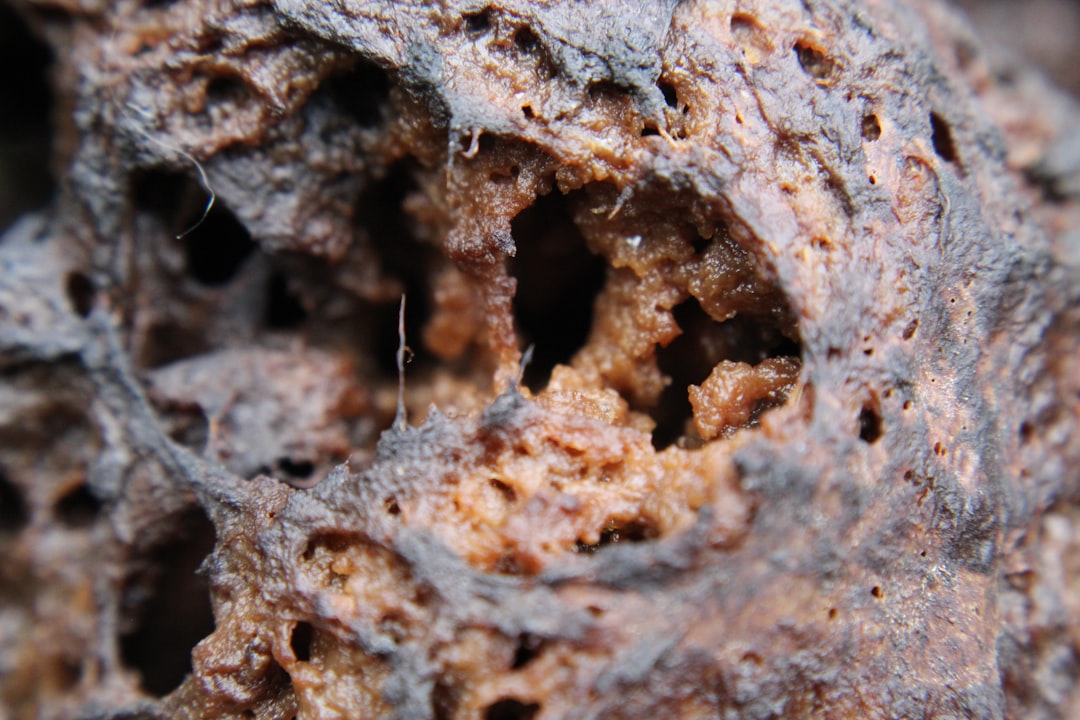Ever turn on your A/C and notice a funky, musty smell? That could be black mold hiding in your air vents. Yuck! But don’t worry—we’ve got you covered. Removing black mold might sound scary, but with a few simple steps, you can breathe easy again. Let’s break it down!
What Is Black Mold?
Stachybotrys chartarum—aka black mold—is a type of fungus. It loves dark, damp, and humid areas, like inside your air vents. It spreads fast and can cause allergies, breathing problems, and even headaches.

How to Tell If You Have Black Mold in Your Vents
Here are some signs to watch for:
- Weird smells: Musty or earthy smell when the air turns on.
- Black stuff on vents: Look for dark patches or spots on your air vent grills.
- Frequent sneezing or coughing: If allergies get worse indoors, mold is a likely suspect.
- Mildew on walls around vents: Mold often spreads beyond the vents.
If you notice one or more of these, it’s time to investigate further.
Is It Safe?
Black mold isn’t radioactive goo, but it’s not harmless either. It can trigger asthma, sinus infections, and more. If you see a little, you might be able to clean it yourself. If it’s spread through multiple vents or smells super strong, call a pro!
What You’ll Need
Ready to take it on yourself? Great! First, gather these items:
- Mask: N95 or similar to protect your lungs.
- Gloves: Disposable is fine!
- Goggles: To protect your eyes from spores.
- Spray bottle: For your cleaning solution.
- Scrub brush or sponge: To get that nasty stuff off.
- Cleaning mix: Either white vinegar, bleach (1 part bleach to 10 parts water), or a commercial mold remover.
Steps to Remove Black Mold From Vents
- Turn off your HVAC system. You don’t want to blow spores around.
- Remove the air vent covers. Use a screwdriver if needed. Place them in a sink or tub for soaking.
- Spray the moldy area with your cleaning mix. Let it sit for 10-15 minutes.
- Scrub the mold away with a brush or sponge. Be firm but gentle—no need to destroy your vents.
- Rinse and dry the vents completely before reinstalling them.
- For inside the ducts, you may need a flexible brush or a call to a professional. Don’t stuff yourself into an air duct; it’s not a spy movie!

How to Keep Mold From Coming Back
Congrats! You’ve kicked the mold to the curb. Now let’s keep it away.
- Run a dehumidifier: Mold loves humidity. Keep indoor air below 50% humidity.
- Change filters often: Old filters = dust + moisture = mold party.
- Inspect your HVAC regularly: Spot the warning signs early.
- Consider UV light in ducts: These babies zap mold before it grows.
When to Bring in the Pros
If your vents are fully infested or the smell just won’t go away, it’s time to call reinforcements. Mold remediation experts have tools that can reach deep into ductwork and safely remove mold without spreading it around.
The Bottom Line
Black mold in air vents is no joke, but it’s not unbeatable. Trust your nose and eyes. Act fast. With the right tools and a little elbow grease, you’ll have fresh, clean air flowing again—and your lungs will thank you.
So next time your vents give off the vibe of a haunted swamp, you’ll know exactly what to do!